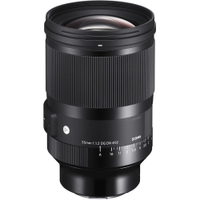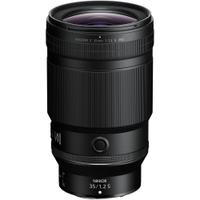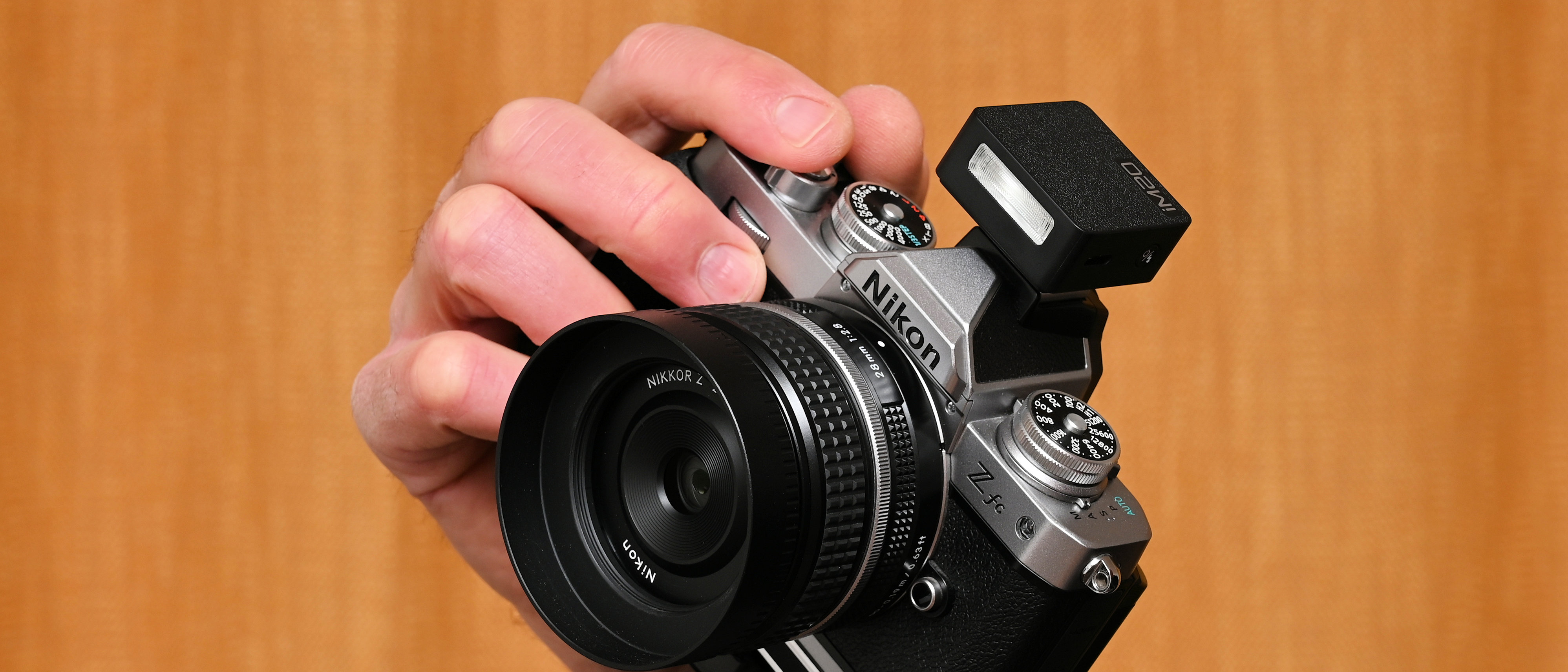Digital Camera World Verdict
If you feel the need for speed, the Viltrox AF 35mm f/1.2 Lab comes up trumps with its super-fast aperture rating. I’m really impressed with its image quality, solid construction and high-end handling. It’s quite large and weighty but that’s the price you pay for such fast glass. And although it’s pretty pricey to buy, it’s outstanding value for such a high-tech 35mm f/1.2 prime.
Pros
- +
Super-fast f/1.2 aperture
- +
Beautiful image quality
- +
Exotic handling
- +
Impressive build quality
Cons
- -
Necessarily large and weighty
- -
Pricey (but great value)
Why you can trust Digital Camera World
It’s not long since I reviewed the Viltrox AF 35mm f/1.7 Air. It’s an ultra-compact and super-lightweight APS-C format lens with a rock-bottom price tag. The Viltrox AF 35mm f/1.2 Lab that I’m reviewing here is the polar opposite. It has an uncompromising design that puts image quality, top-notch construction, high-level performance and exotic handling center-stage, with relatively little concern about size and weight. I’m reminded of Sigma’s design ethos for its ‘Art’ line-up of lenses – more on that later when we get to ‘price and availability’. For now, I’ll just say that the 35mm is the second in Viltrox’s growing range of top-grade full-frame compatible ‘Lab’ lenses, following on from the Viltrox AF 135mm f/1.8 Lab that I also reviewed a while ago. The 135mm is ideal for tight head-and-shoulder portraiture whereas the new 35mm goes for a moderately wide viewing perspective, while still being capable of delivering a tight depth of field and fast low-light shutter speeds. It sets out to be one of the best lenses for Sony mirrorless cameras, so Viltrox is aiming high with this one. Based on previous experience with Viltrox’s first Lab lens and other full-frame lenses, I’d be surprised if the company didn’t also release the 35mm in a Nikon Z mount option, vying to be one of the best lenses for Nikon Z cameras.
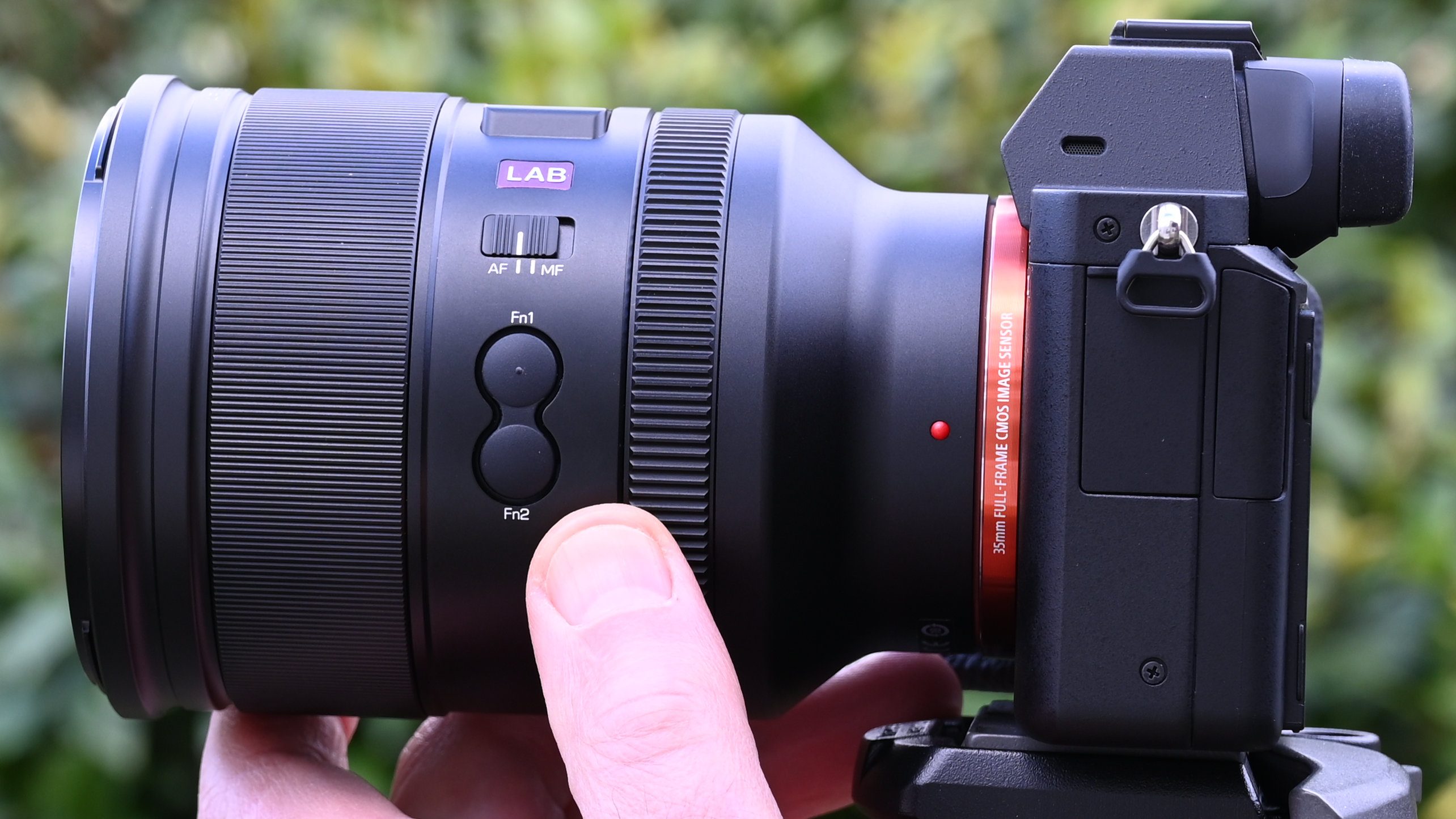
Viltrox AF 35mm f/1.2 Lab: Specifications
Mount options | Sony E (FE) |
Lens construction | 15 elements in 10 groups |
Angle of view | 64.2 degrees |
Diaphragm blades | 11 |
Minimum aperture | f/16 |
Minimum focus distance | 0.34m |
Maximum magnification | 0.17x |
Filter size | 77mm |
Dimensions | 89x122mm / 3.5x4.8" |
Weight | 920g / 32.5oz |
Viltrox AF 35mm f/1.2 Lab: Price
Let’s cut to the chase... The Viltrox AF 35mm f/1.2 Lab costs $999 / £774 / AU$1581. That’s a whole lot more than the humble Viltrox AF 35mm f/1.7 Air, which sells for $179 / £139 / AU$282. The price difference is perfectly understandable as the Lab lens is in a completely different league, more in line with the Viltrox AF 135mm f/1.8 Lab at $899 / £696 / AU$1,423. There’s not a whole lot of 35mm f/1.2 lenses on the market but a couple that spring to mind are the Sigma 35mm f/1.2 DG DN Art for Sony E and Leica L mount cameras, at $1,499 / £1,459 / AU$1,949, and the Nikon Z 35mm f/1.2 S at a whopping $2,797 / £2,899 / AU$4,899. Suffice it to say that the Viltrox lens is significantly less expensive than the Sigma and massively more affordable than the Nikon. Bargain? We’ll see.
Viltrox AF 35mm f/1.2 Lab: Design & Handling
There’s a real pro-grade feel to the metal-bodied and extensively weather-sealed build of this Viltrox lens. The design ramps everything up to cater to the most demanding photographers. Naturally, you need wide-diameter glass to suck in enough light, when making a super-fast f/1.2 lens. As such, the Viltrox is no little lightweight of a lens, measuring 89x122mm (3.5x4.8”) and tipping the scales at 920g (32.5oz). Even so, the lens doesn’t look or feel overly large, and has a relatively modest 77mm filter attachment thread.
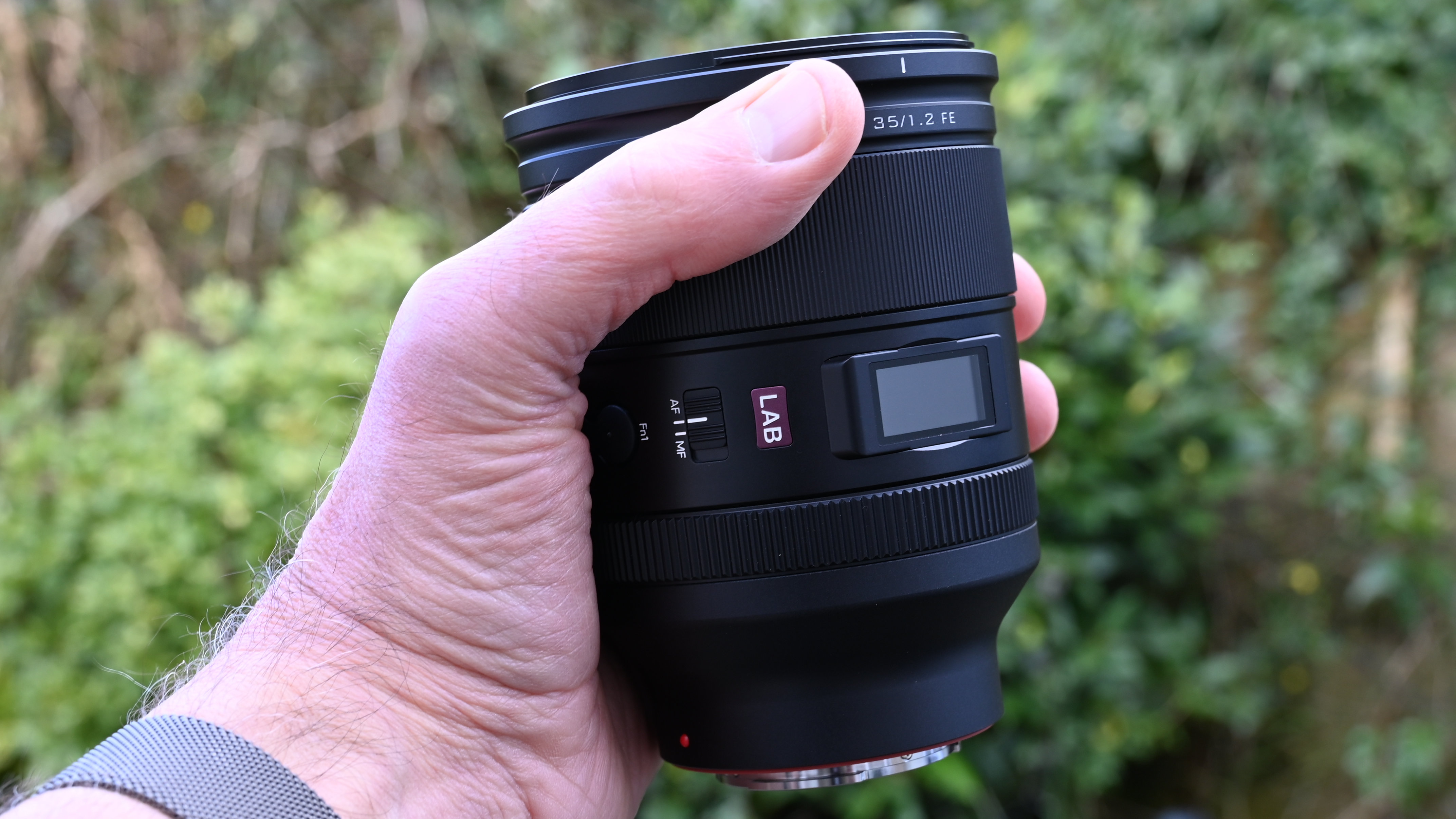
Getting further into the glass, there’s a pretty complex layout of 15 elements arranged in 10 groups. These include five ED (Extra-low Dispersion) elements, three HRI (High Refractive Index) elements and two Extreme Aspherical elements, manufactured to really tight tolerances. The overall aim is for the utmost in sharpness, clarity with great color rendition and the minimum of unwanted aberrations. HD Nano multi-layer coating is applied to minimize ghosting and flare, and a fluorine coating on the front element repels moisture and grease.
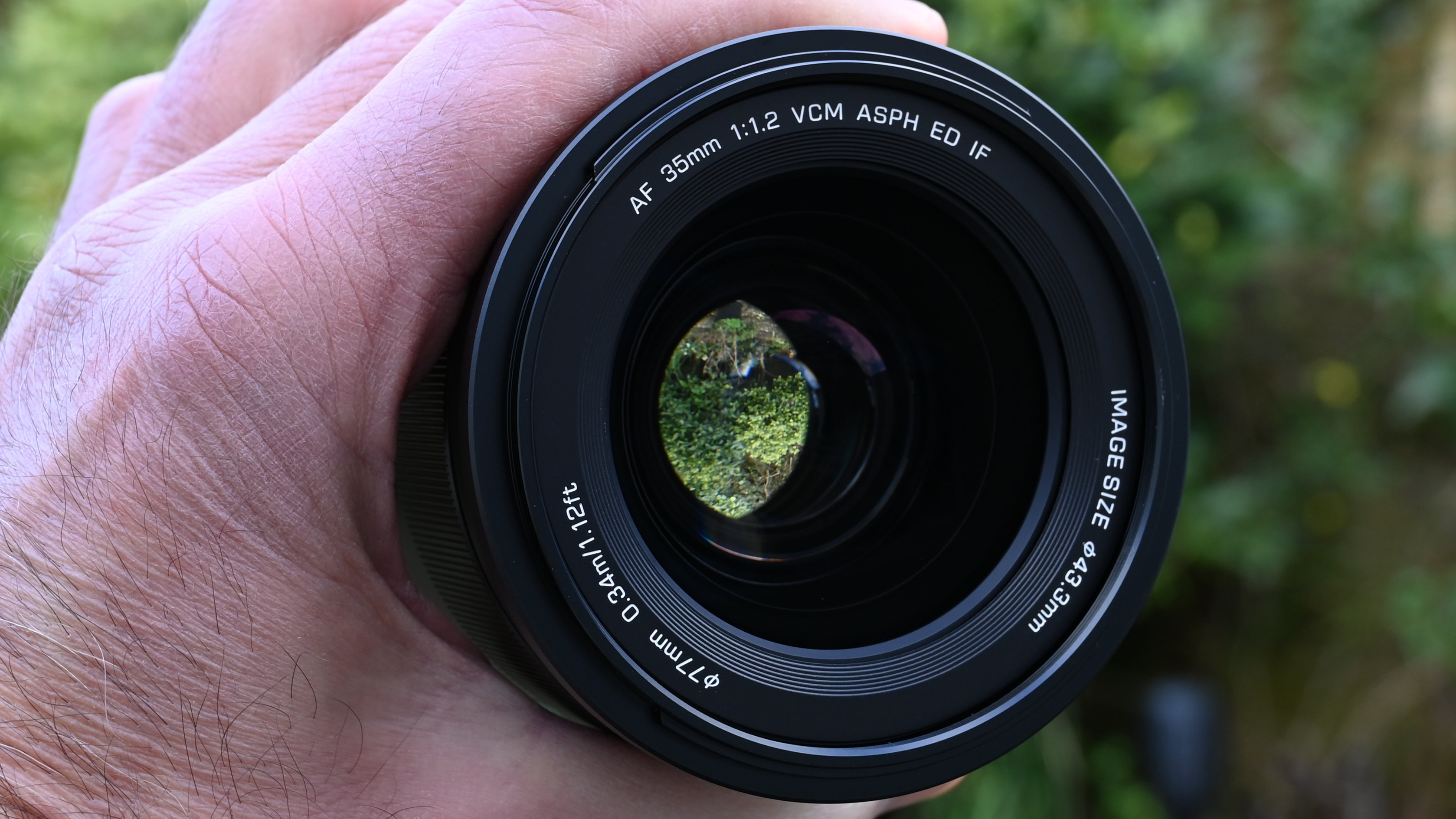
Shifting big glass around can result in slow autofocus but the Viltrox keeps things speedy with a dual VCM (Voice Coil Motor) system. As well as snappy stills performance, the arrangement aims to deliver smooth and virtually silent focus transitions when shooting video. The lens is actually very adept at video capture and features an aperture control ring complete with a click/de-click switch.
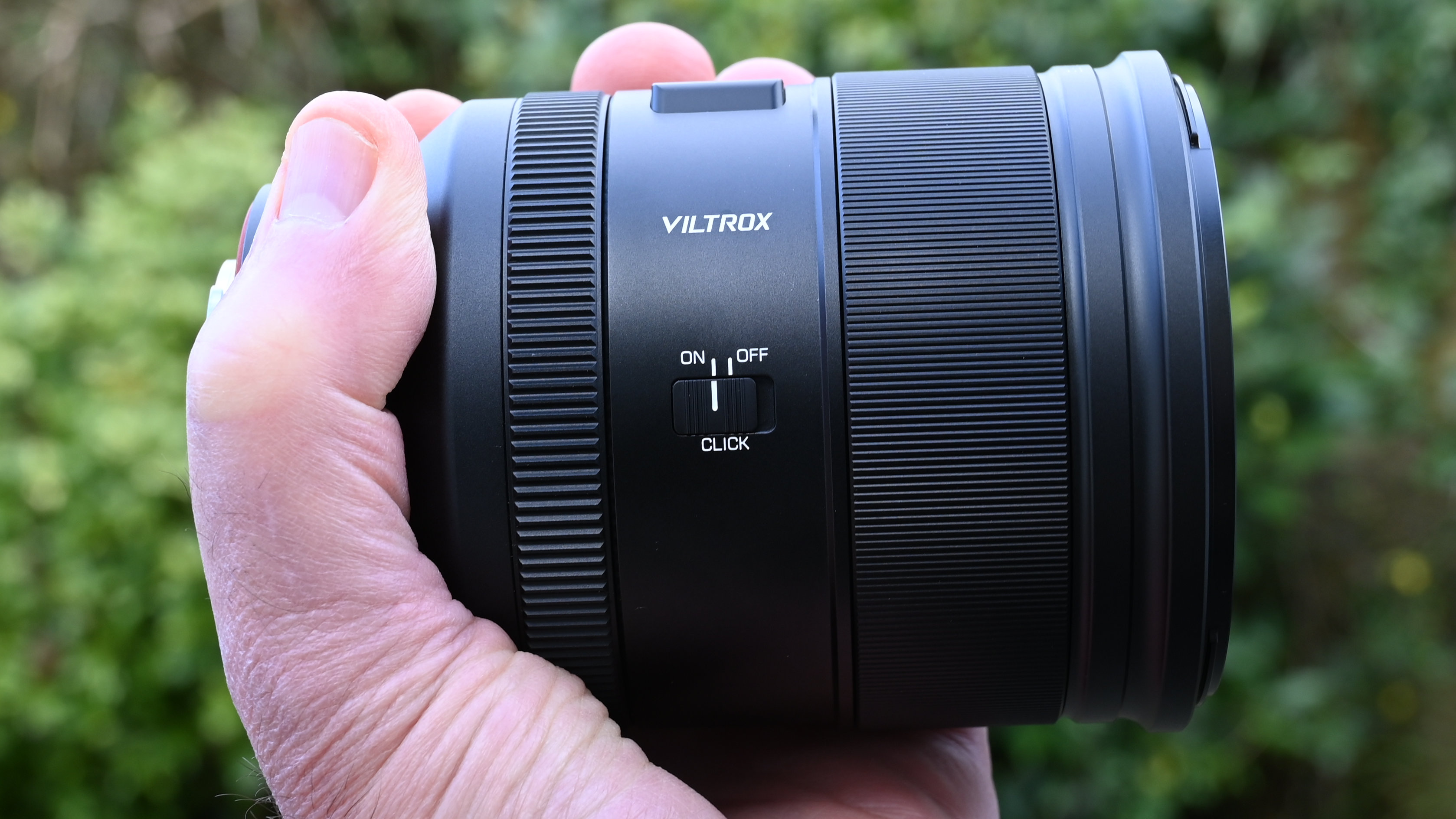
Another bonus for shooting video is that you can use the dual function buttons for setting two separate ‘A and B’ focus distance presets, and then automatically transition between them. To help you keep an eye on what’s going on, the lens features the same color OLED information screen on top of the barrel that I’ve seen in some of the company’s other top-grade lenses, including the 135mm Lab lens.

Typical of Viltrox lenses, the metal mounting plate features a USB-C port for applying firmware upgrades if and when required. As with some of the company’s other up-market lenses of late, instead of plugging the lens into a computer, the firmware upgrade is applied via Bluetooth. You can download the free Viltrox app to your mobile phone and apply upgrades from there, using the USB-C port to supply power to the lens from a mains charger.
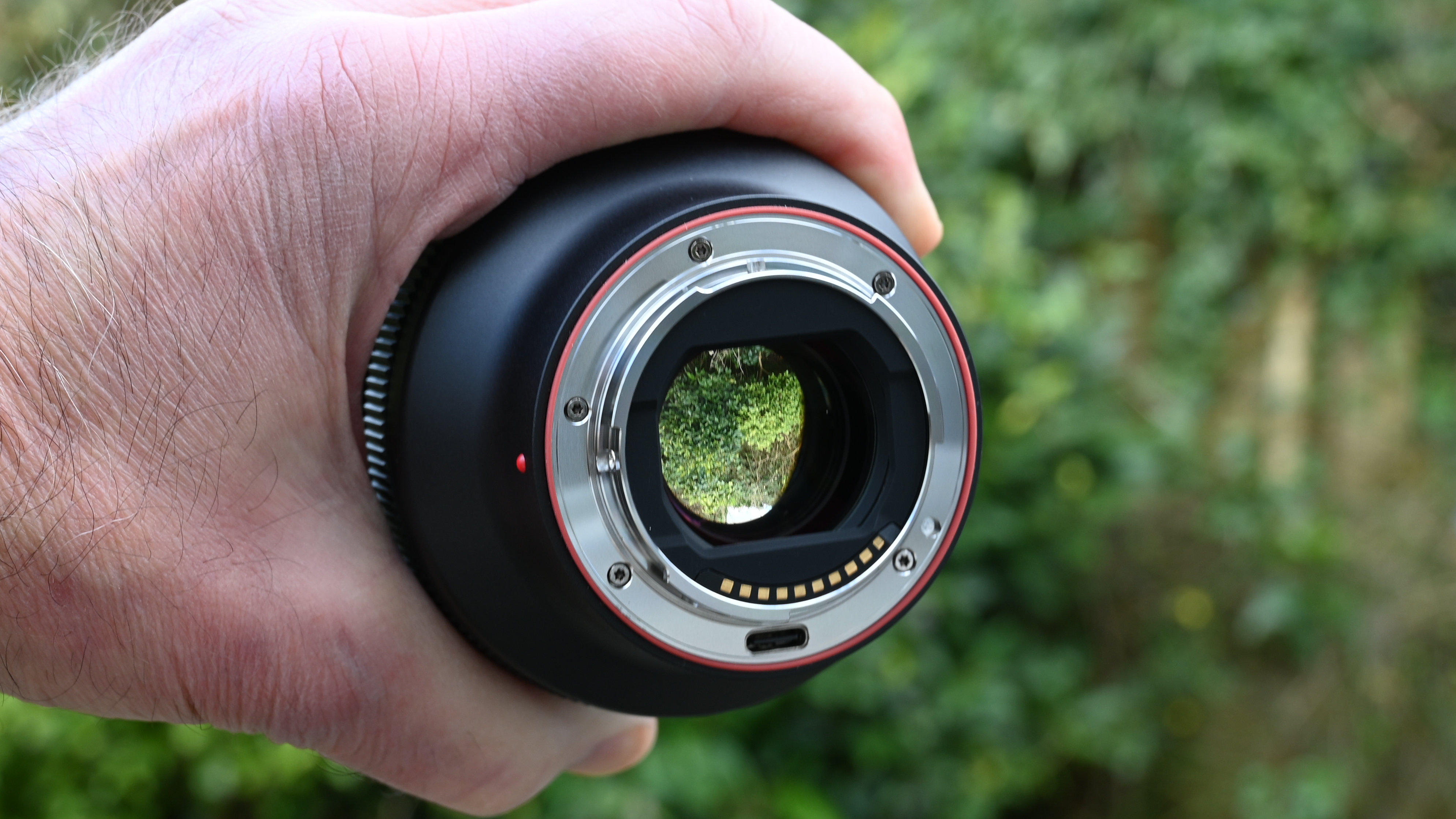
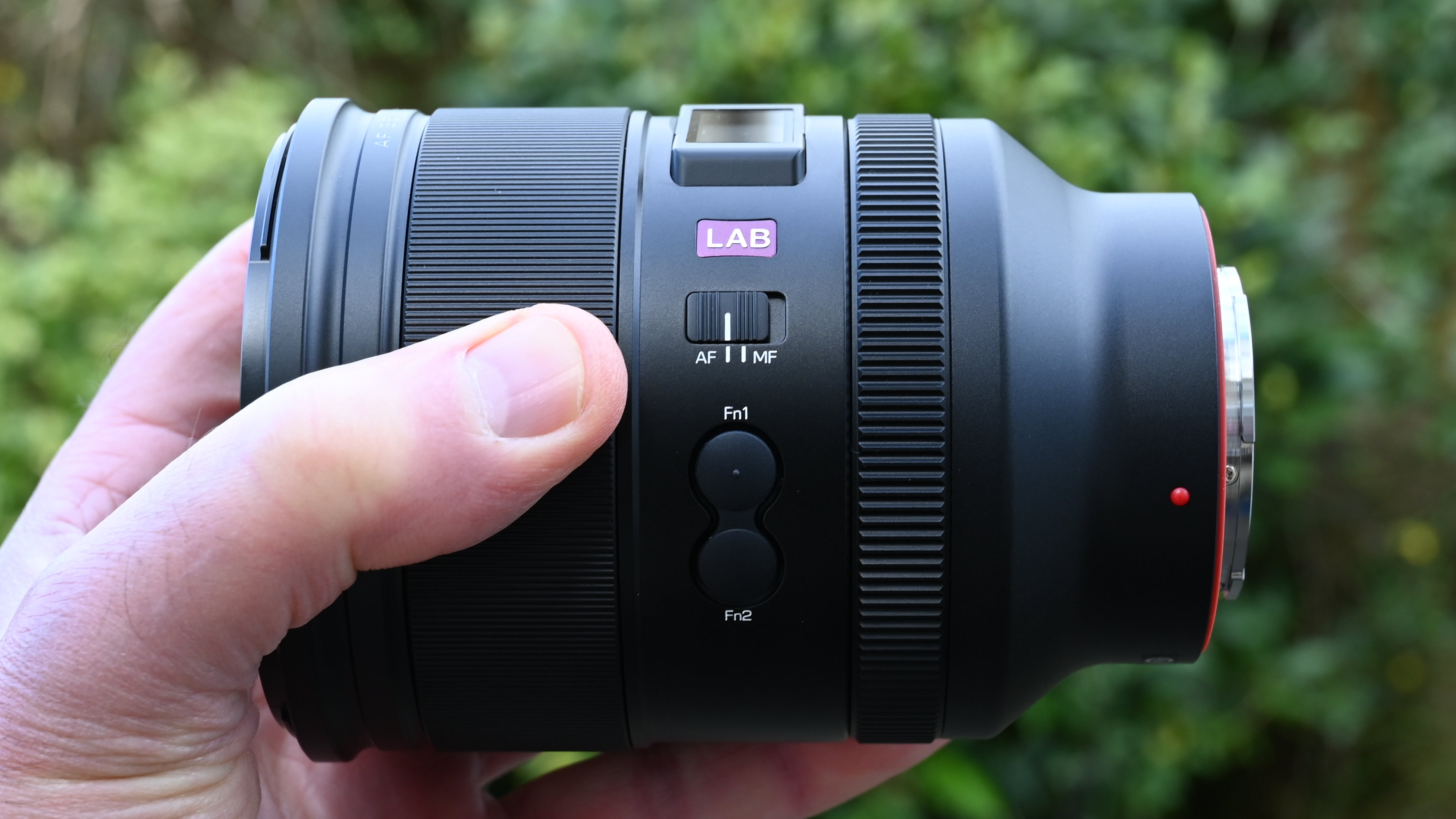
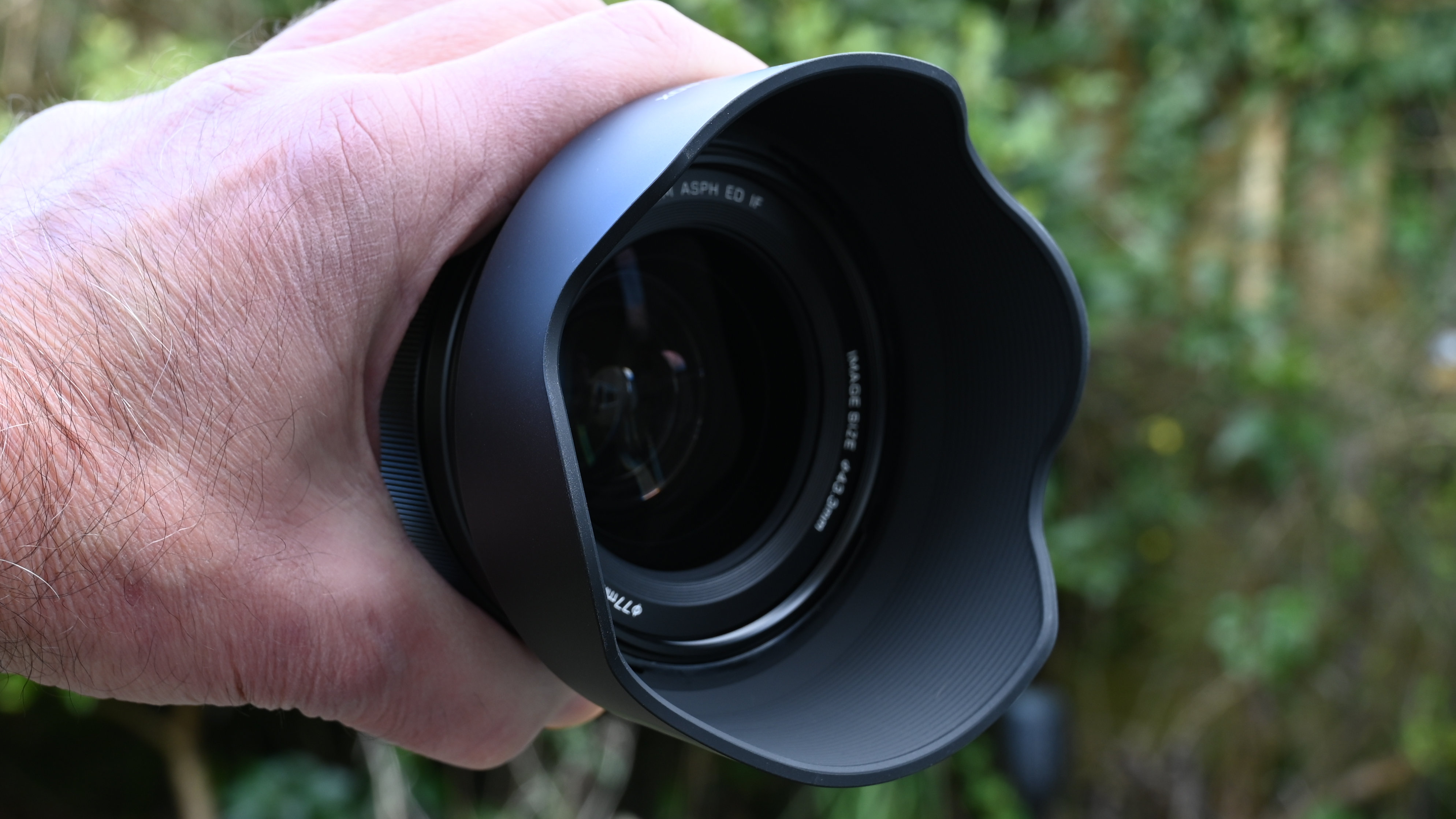
Viltrox AF 35mm f/1.2 Lab: Performance
Image quality is gorgeous. The lens combines stellar sharpness with beautiful bokeh, the latter enhanced by the f/1.2 aperture that enables a tight depth of field at fairly close focus distances. Naturally, a tight depth of field is a challenge for 35mm lenses with its relatively short focal length, compared with the likes of 85mm and longer telephoto lenses. The f/1.2 aperture really pays dividends here.

There’s a really nice and natural-looking roll-off in the transition from focused to defocused areas, with negligible axial chromatic aberration (also known as bokeh fringing). This can be a problem with fast lenses, causing color fringing around high-contrast transitions just in front of or behind the plane of focus, but the Viltrox does admirably to negate it. The more usual lateral chromatic aberration, typically seen towards the edges and corners of the image frame, is also absolutely minimal.

Bokeh looks nice and soft when shooting wide-open at f/1.2, and bokeh disks caused by defocused lights or bright spots remain well-rounded when stopping down a little. That’s thanks to the lens’s particularly well-rounded 11-blade aperture diaphragm.

As for autofocus speed, it wasn’t quite as quick as I was expecting but still pretty rapid. To my ears, the dual voice coil motors were completely silent in operation. All in all, the Viltrox is an absolutely top performer.
Viltrox AF 35mm f/1.2 Lab: Sample Images
The following gallery of sample shots were taken in bright sunny conditions (and in the shadows) at the Bristol Floating Harbour in the UK. I used a variety of subject matter and aperture settings to demonstrate the sharpness of the lens, as well as the quality of its bokeh.











Viltrox AF 35mm f/1.2 Lab: Lab Results
We run a range of lab tests under controlled conditions, using the Imatest Master testing suite. Photos of test charts are taken across the range of apertures and zooms (where available), then analyzed for sharpness, distortion and chromatic aberrations.
We use Imatest SFR (spatial frequency response) charts and analysis software to plot lens resolution at the center of the image frame, corners and mid-point distances, across the range of aperture settings and, with zoom lenses, at four different focal lengths. The tests also measure distortion and color fringing (chromatic aberration).
Sharpness:
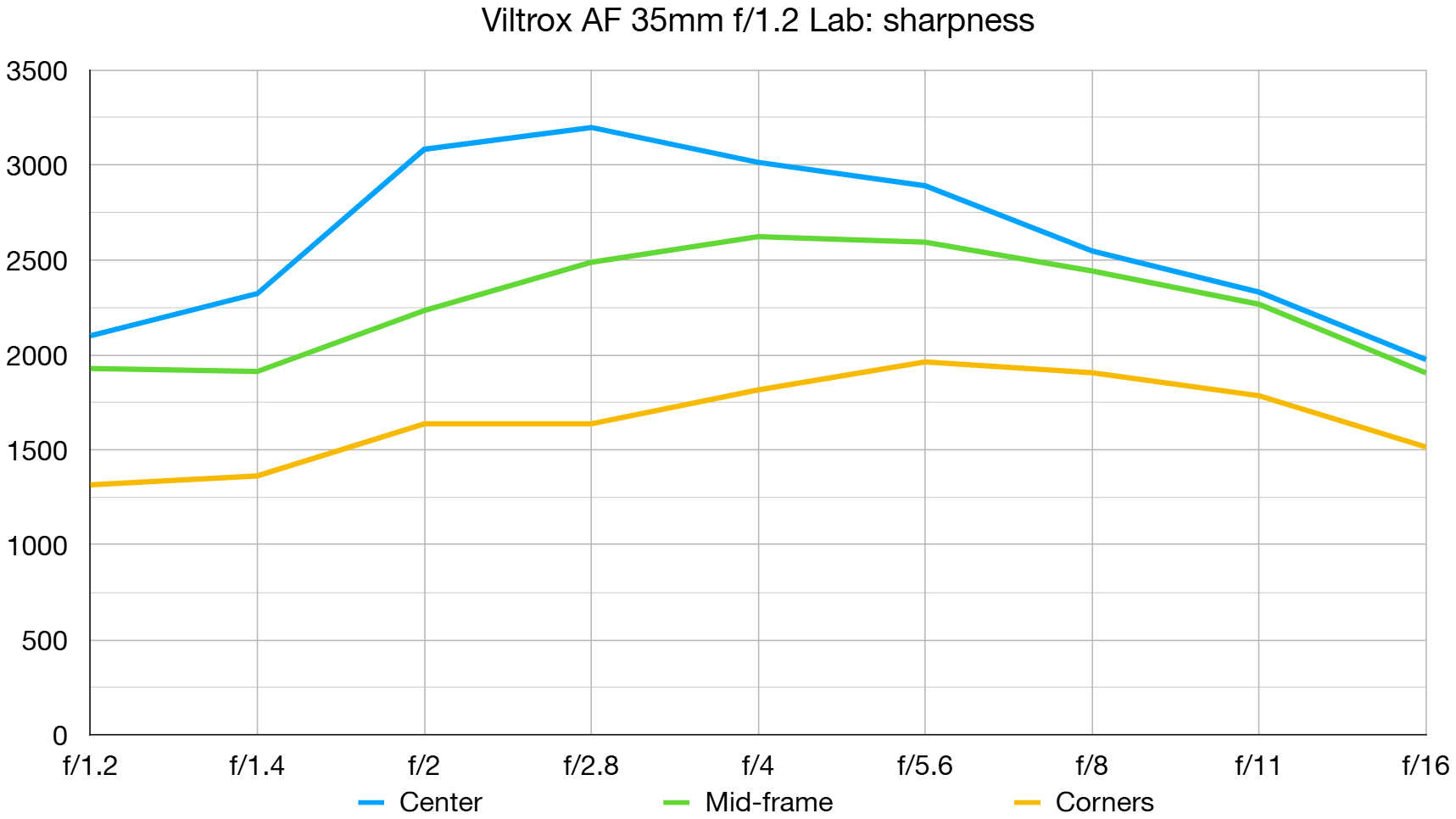
Levels of sharpness are excellent across the whole frame even when shooting wide-open, which is a real achievement for such a fast f/1.2 lens. Sharpness is even better a medium aperture settings, only really dropping off at the narrowest aperture of f/16, due to diffraction.
Fringing:
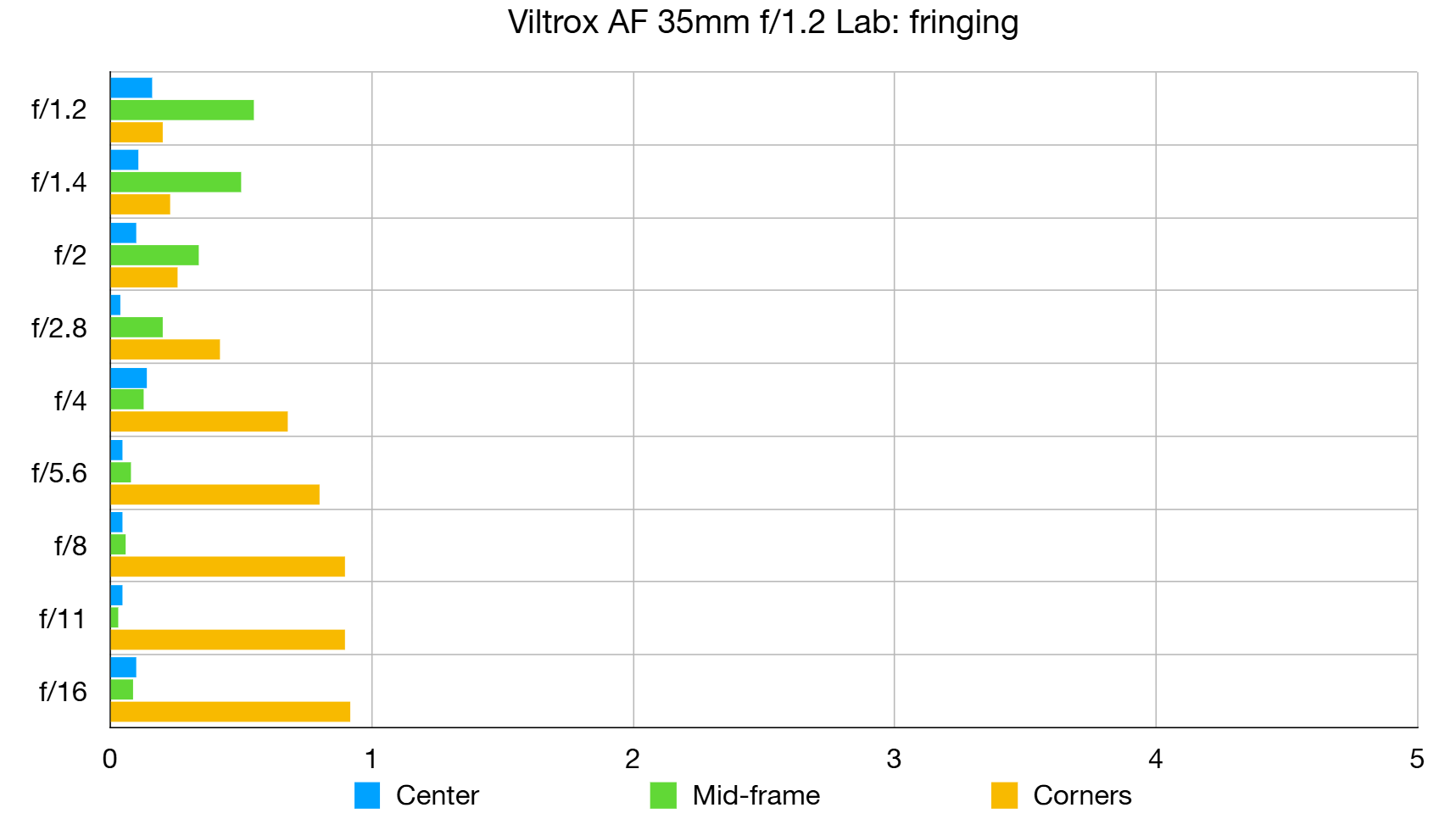
Lateral chromatic aberration is absolutely minimal, even out at the extreme edges and corners of the image frame. For a fast f/1.2 lens, axial chromatic aberration or ‘bokeh fringing’ is also very negligible.
Distortion: 0.8
There’s a very slight touch of pincushion distortion but it’s not enough to be visible in most real-world shots. As with color fringing, automatic in-camera correction is available.
Viltrox AF 35mm f/1.2 Lab: Verdict
You don’t get something for nothing. If you want a really sophisticated, exotic lens, it’s going to cost you. However, the actual cost of this Viltrox lens makes it great value for money, considering its super-fast f/1.2 aperture, rock-solid build quality and high-end handling characteristics. It’s pretty hefty for a 35mm prime but that’s dictated by the aperture rating. All in all, it’s simply a superb lens that delivers spectacular results.
Features | Cool features include an OLED display, function buttons and a click/de-click control ring. | ★★★★★ |
Design | It’s designed with professional and top-end enthusiast photographers in mind, with superb build quality. | ★★★★★ |
Performance | Scintillating sharpness meets beautiful bokeh, with negligible unwanted aberrations. | ★★★★★ |
Value | Sure, it’s a pricey lens to buy but it’s unbeatable value for a top-end 35mm f/1.2 prime. | ★★★★★ |

Alternatives
The Nikon Z 35mm f/1.2 S is a little bigger and heavier than the Viltrox, and much more expensive to buy at $2,797 / £2,899 / AU$4,899. Its additional, customizable control ring can be assigned to stepless aperture control and the lens features dual customizable function buttons.
Matthew Richards is a photographer and journalist who has spent years using and reviewing all manner of photo gear. He is Digital Camera World's principal lens reviewer – and has tested more primes and zooms than most people have had hot dinners!
His expertise with equipment doesn’t end there, though. He is also an encyclopedia when it comes to all manner of cameras, camera holsters and bags, flashguns, tripods and heads, printers, papers and inks, and just about anything imaging-related.
In an earlier life he was a broadcast engineer at the BBC, as well as a former editor of PC Guide.
You must confirm your public display name before commenting
Please logout and then login again, you will then be prompted to enter your display name.

